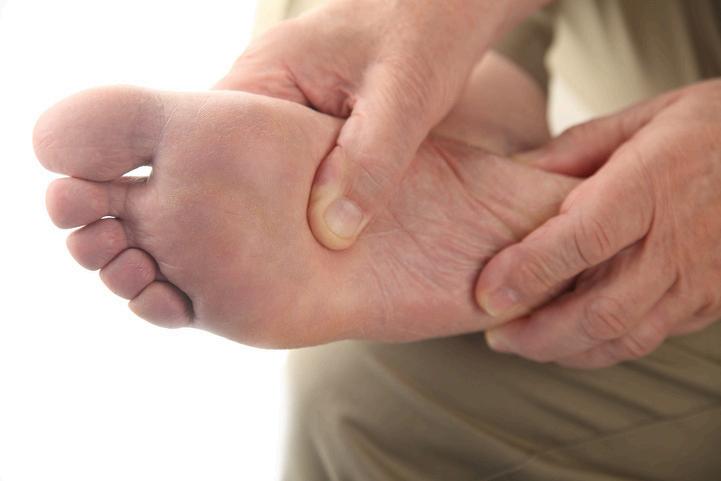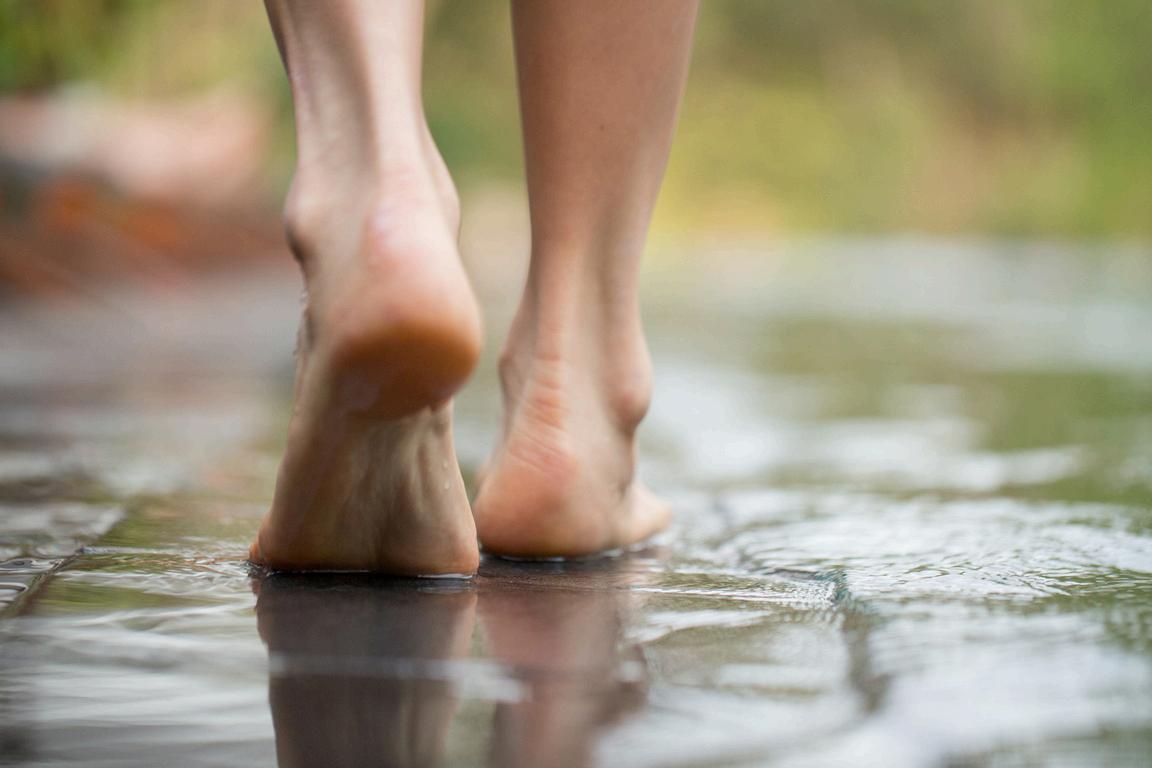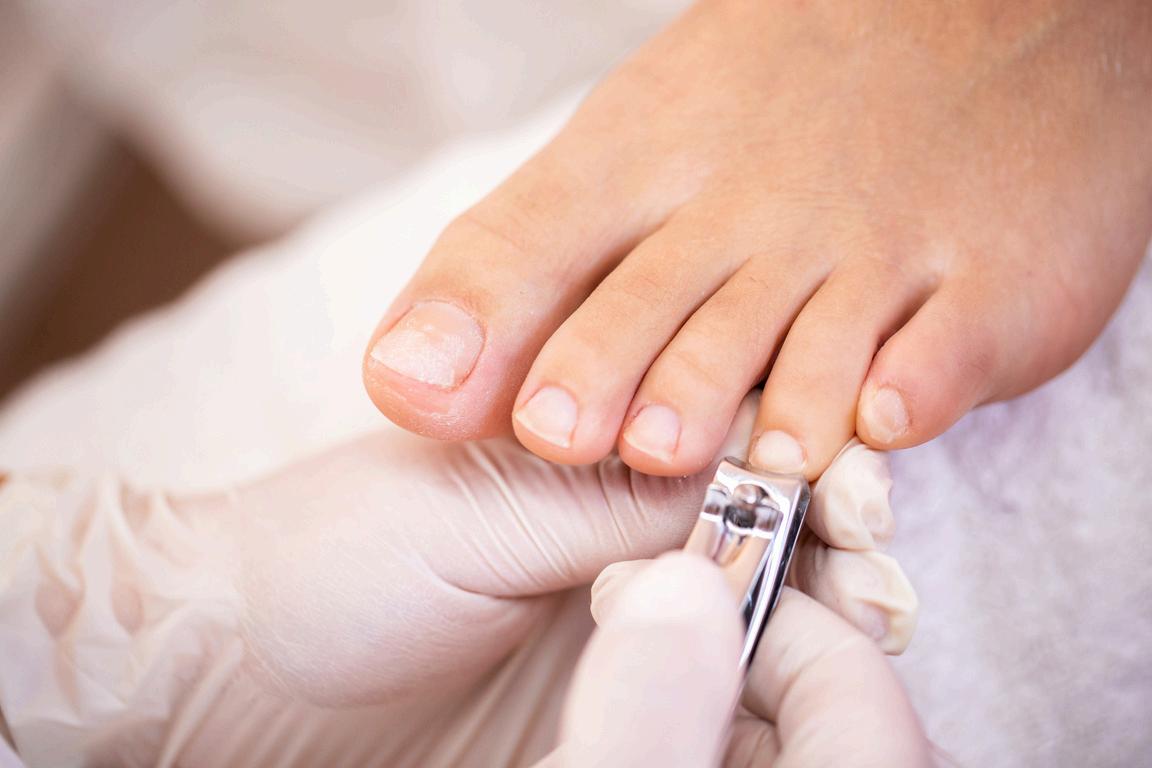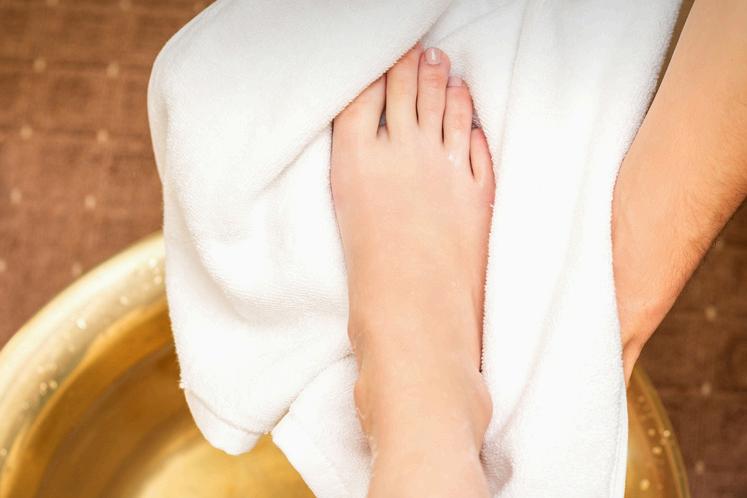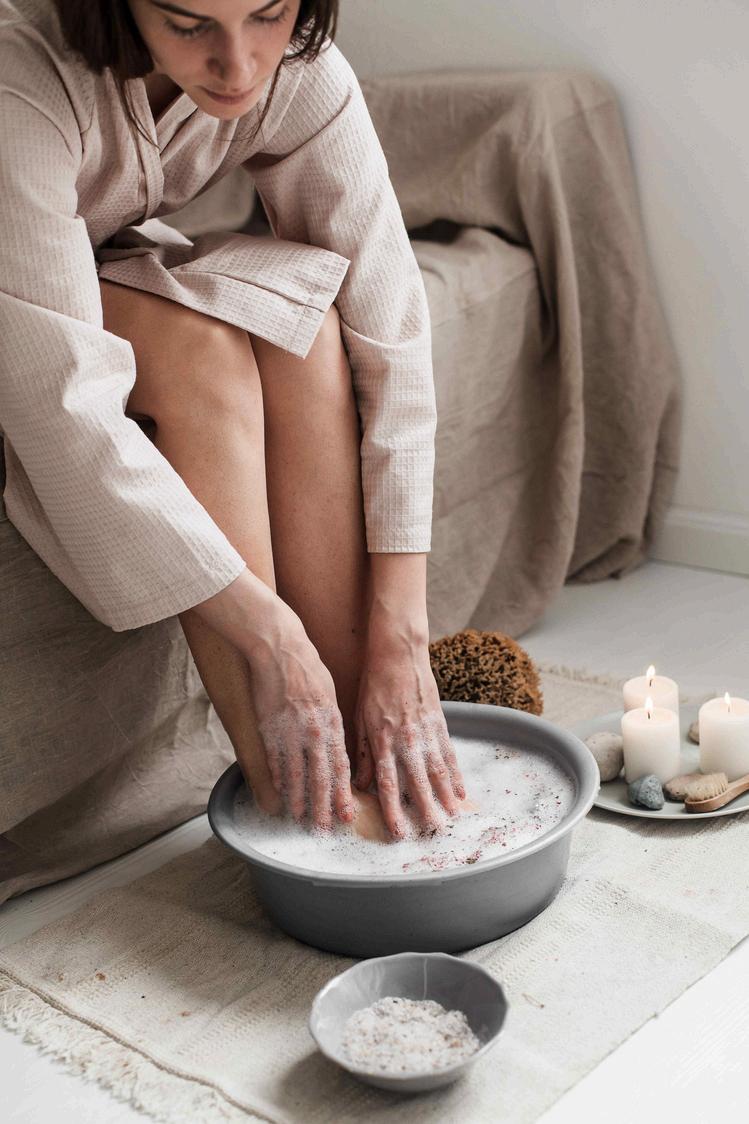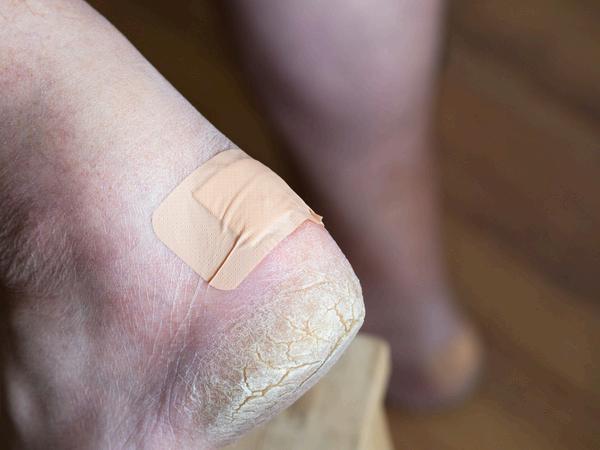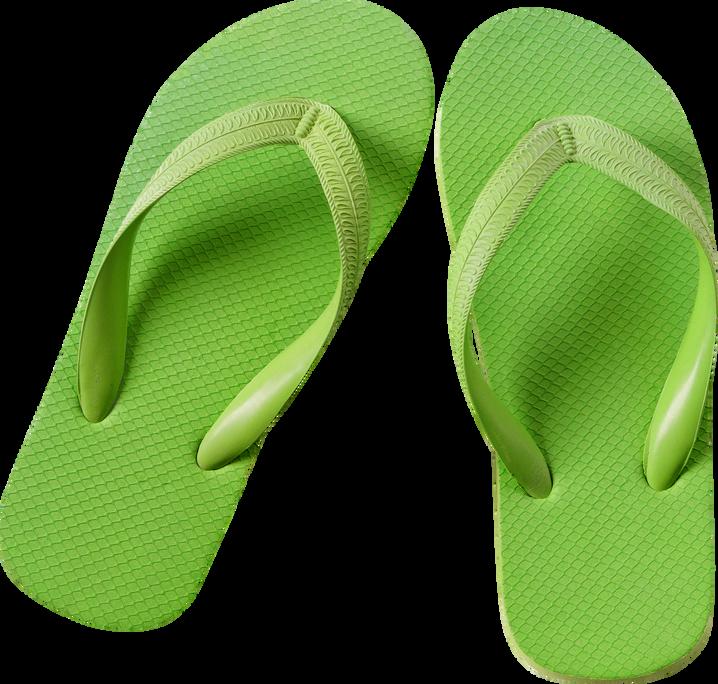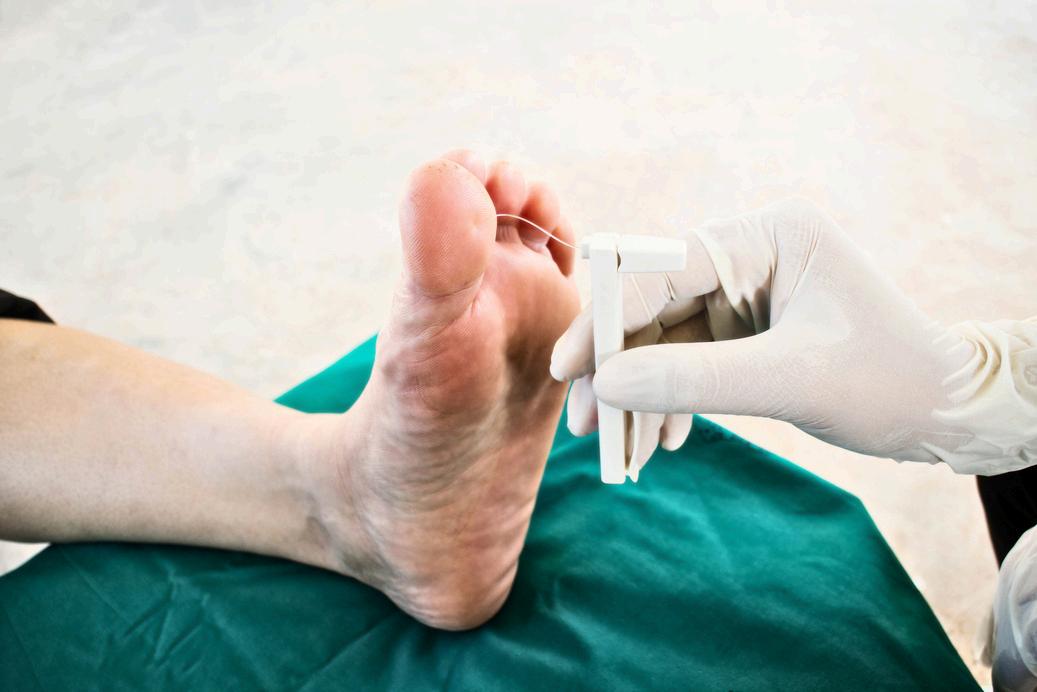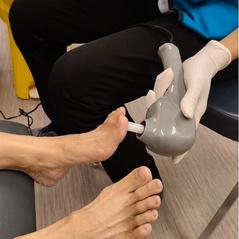FootCare for People with Diabetes
Since foot-related issues are among the most common complications of diabetes, it is crucial to protect your feet and prevent irreversible damage that could impact youroverallhealth.



Common Foot Complications in Diabetes
SKIN CHANGES NUMBNESS
Dry skin and skin discolouration are one of the common leg problems in diabetes due to high blood glucose levels. This may cause itchiness of the skin

Numbness and tingling sensation in the feet and hands developed due in nerve damage of the area This may cause partial or total loss of foot sensation



NERVE PAIN DEFORMITY
Damages to the nerves of the feet can also cause painful sensation including electric shock, cold, and burning sensation

Loss of sensation can further injure the foot, leading to deformities in its shape.
POOR BLOOD CIRCULATION WOUNDS AND ULCERATION
Blood vessels of the legs and feet can become narrowed or blocked causing poor blood flow to the legs and feet This can cause painful calf/calves during exercise.

Injuries to the feet can lead to delayed wound healing due to poor blood flow. This increases the risk of wound infection and possible sepsis.
GANGRENE AMPUTATION
Gangrene refers to the death of cells in a part of the body. When a foot infection worsens, it may lead to gangrene.


When the affected foot is unable to recover, doctors may remove the affected limb This is called amputation.


Daily Inspection
Check your feet daily before sleep for any wounds or injuries, especially on the sole, heel, & in-between toes
Moisturise
Prevent dryness by applying moisturiser or lotion to your feet Do not apply at in-between toe areas
Neat & Tidy

